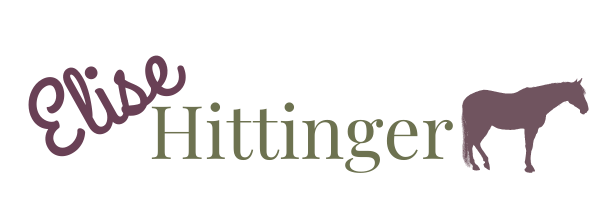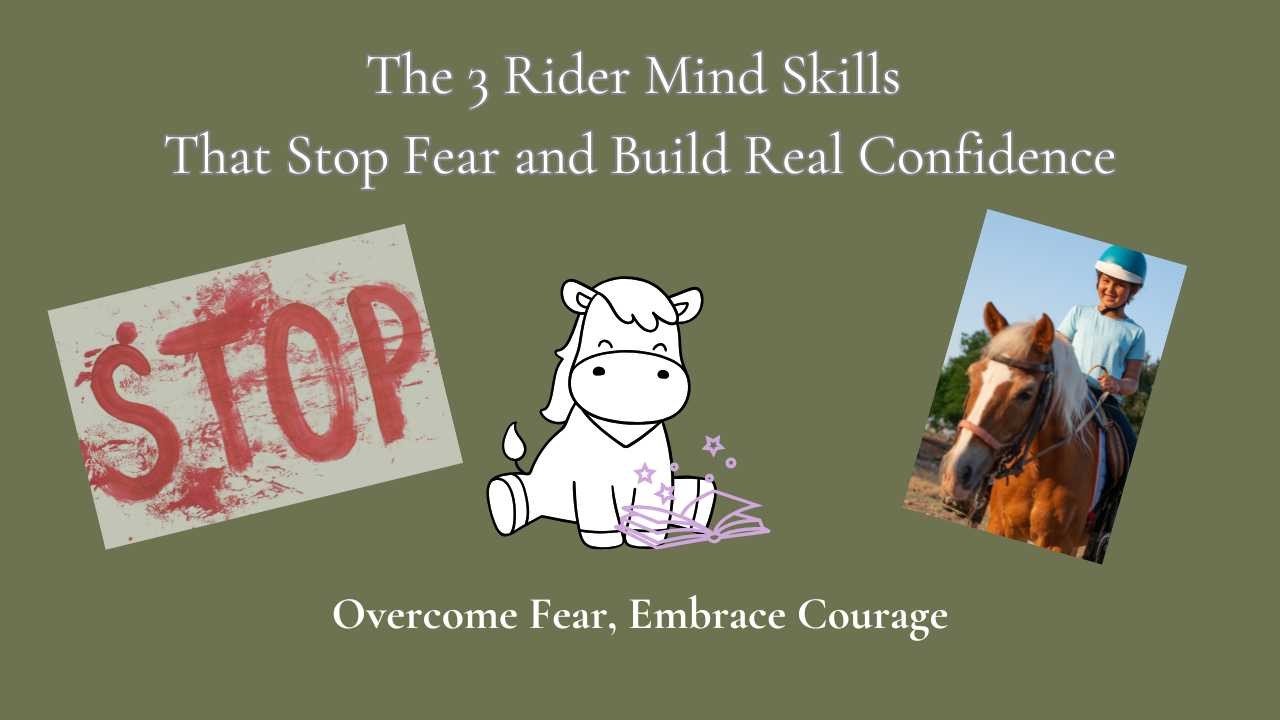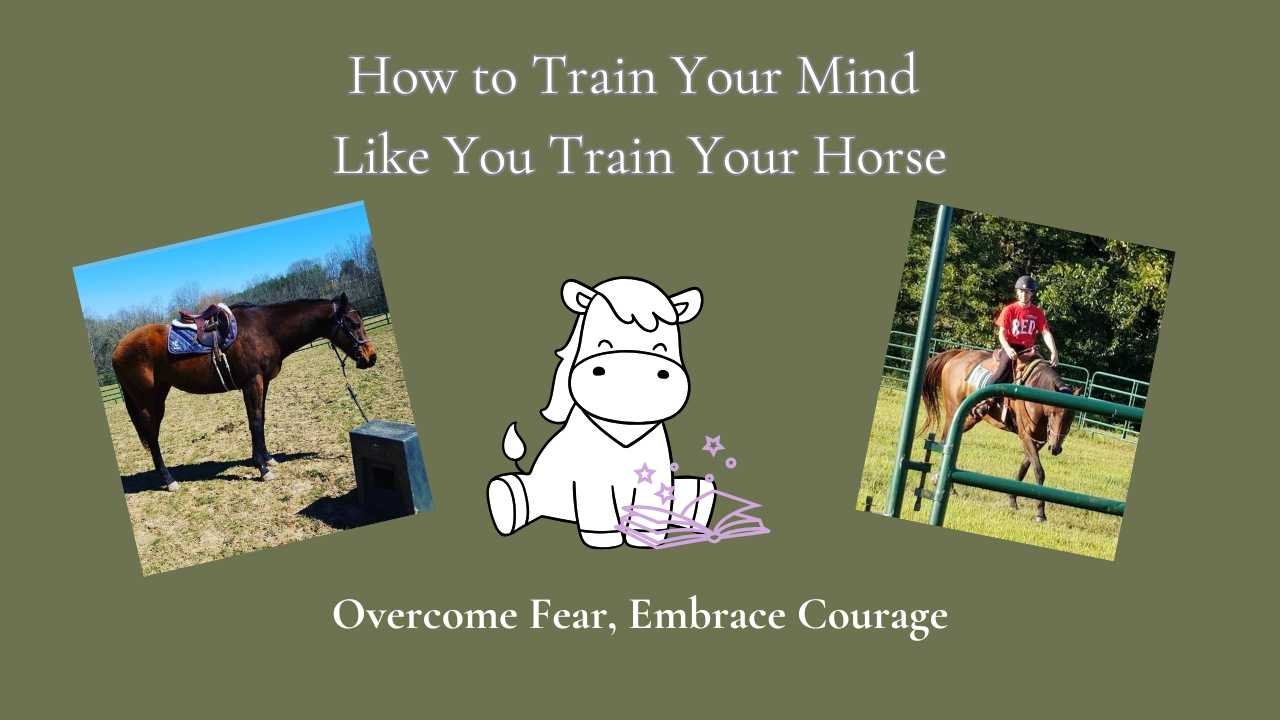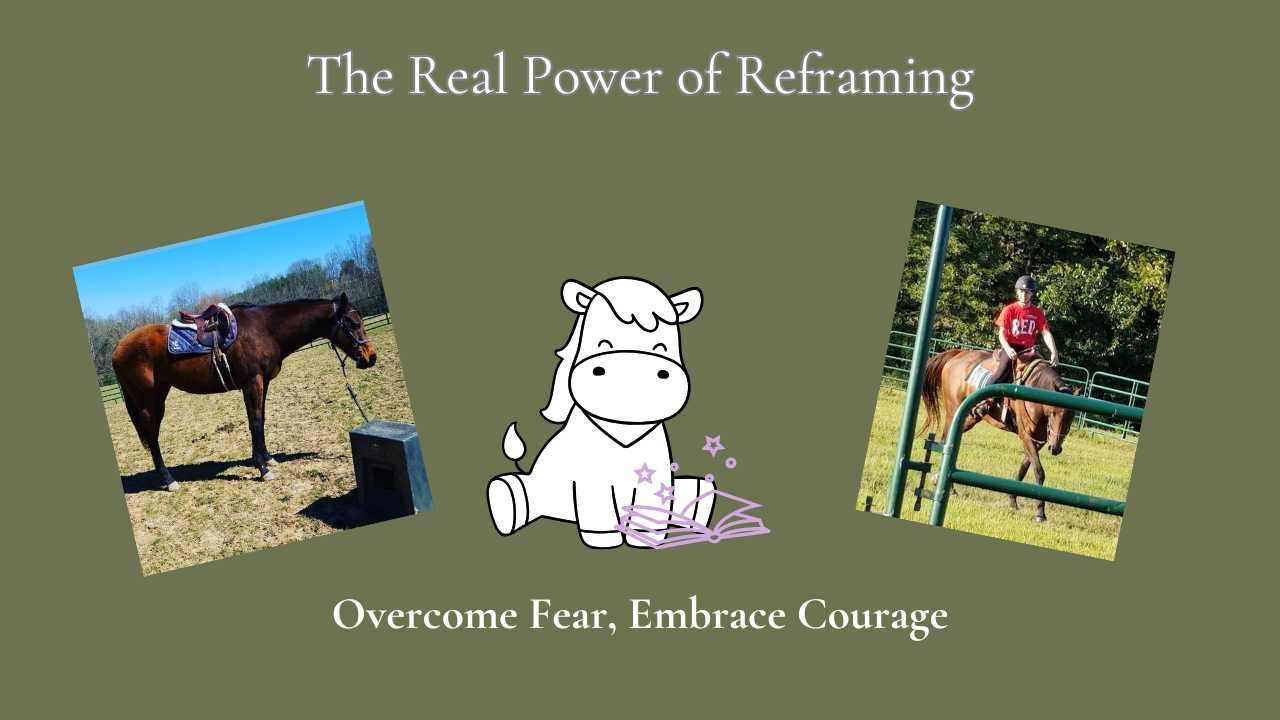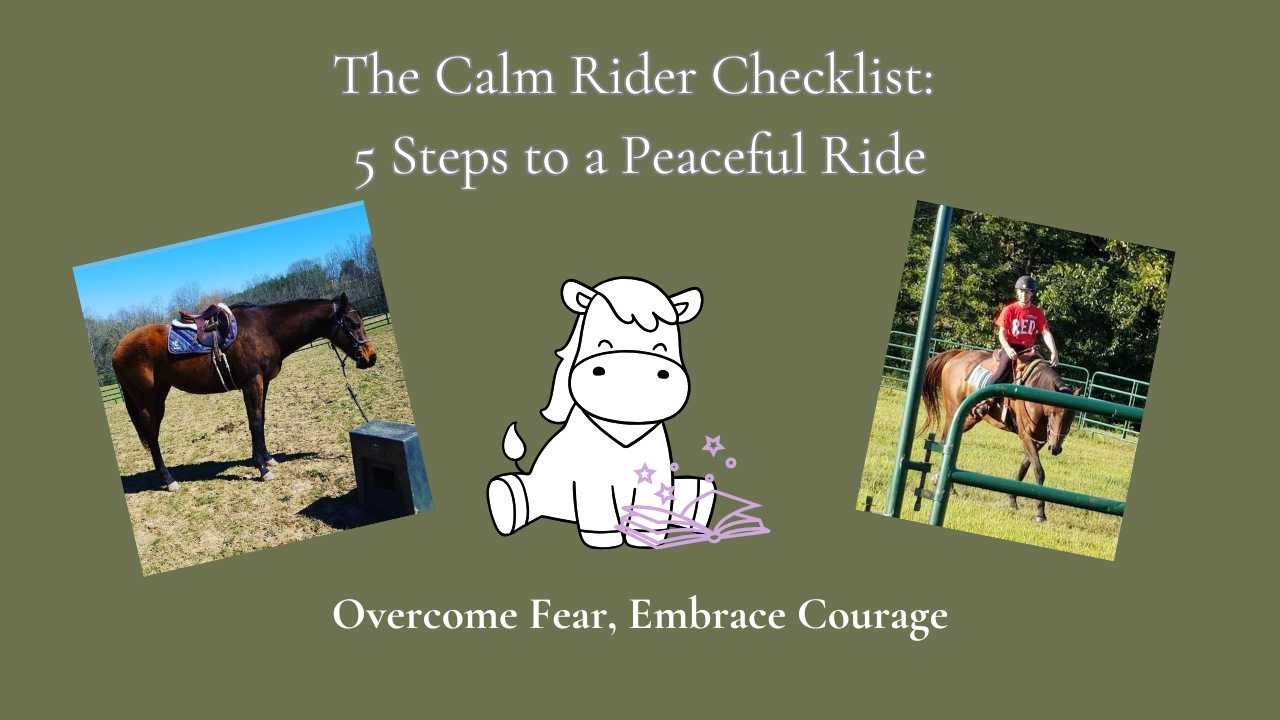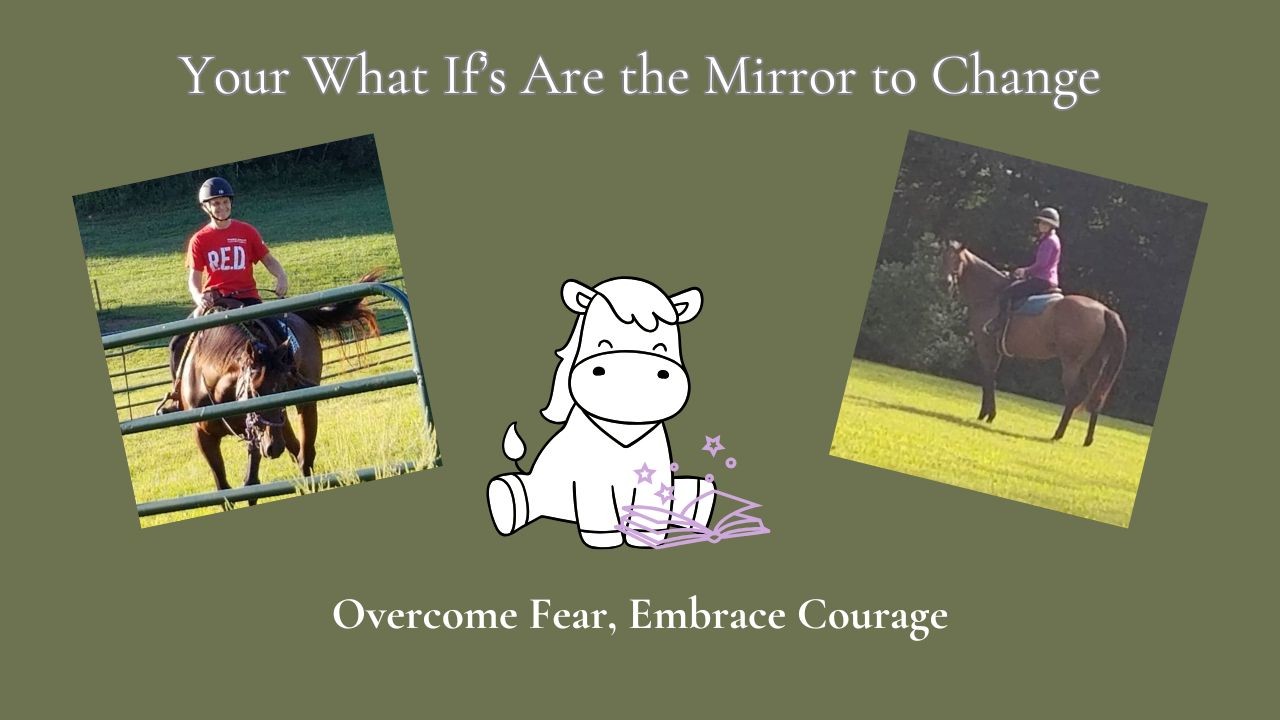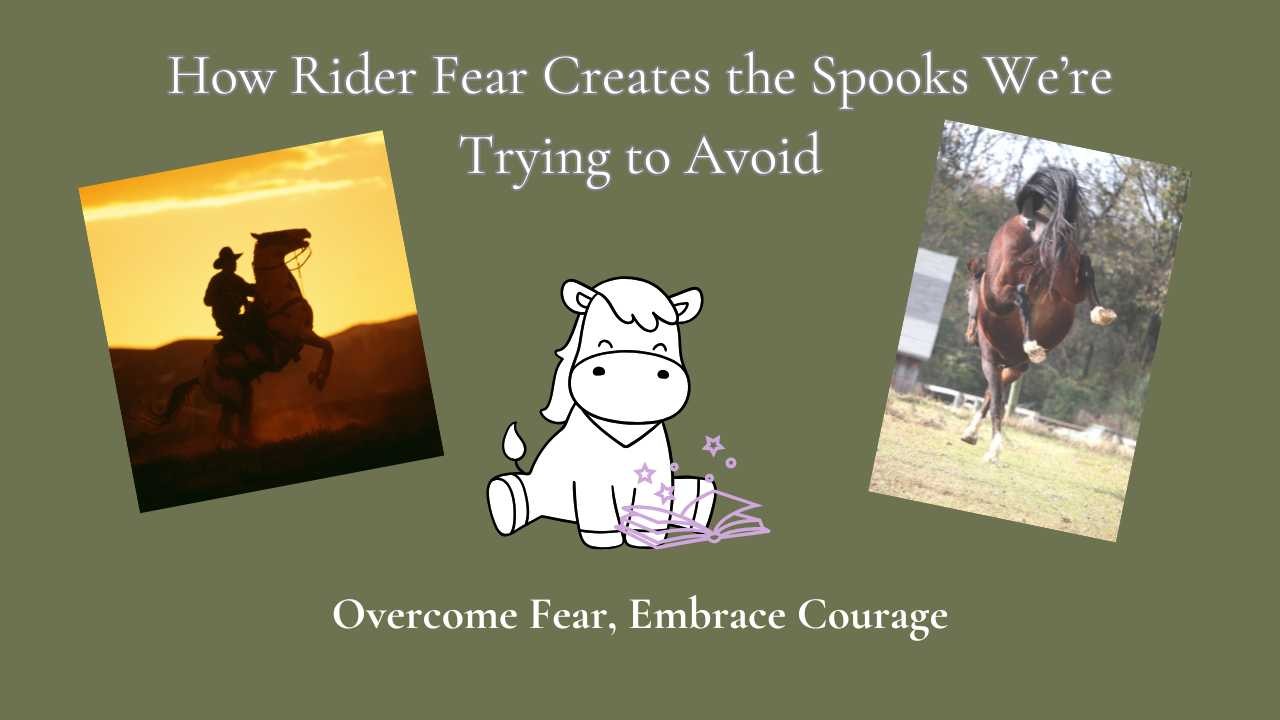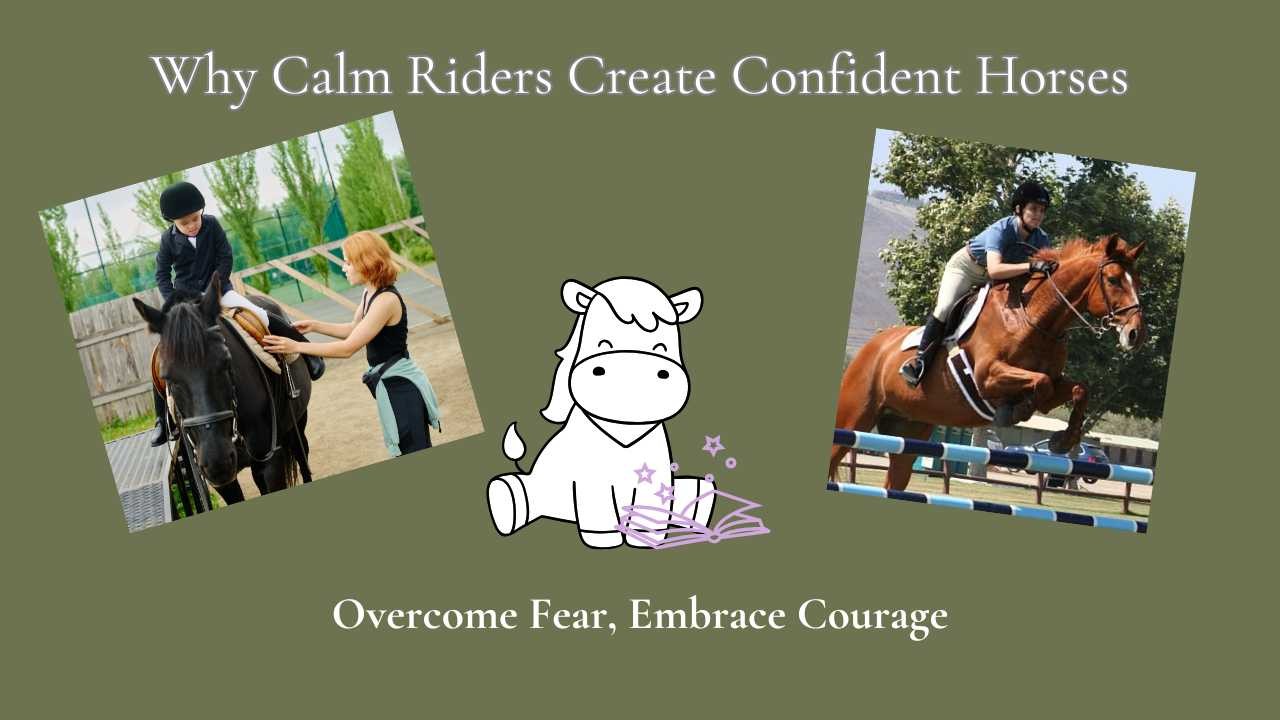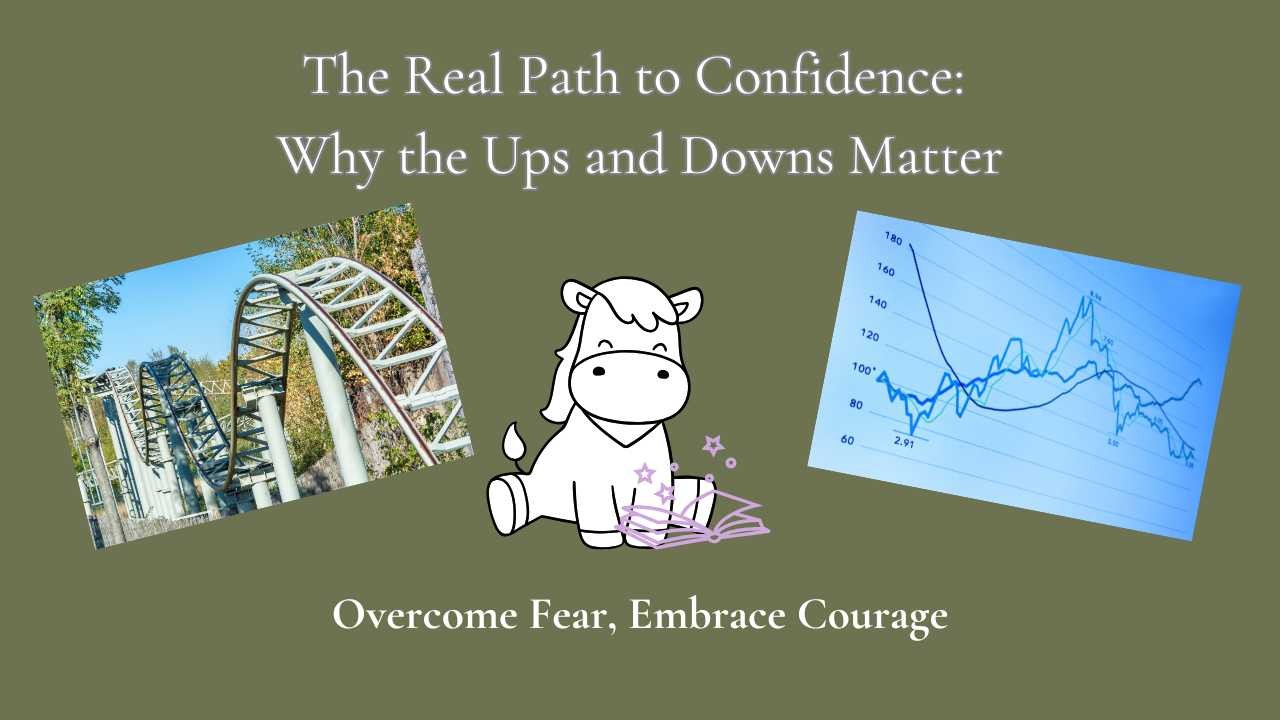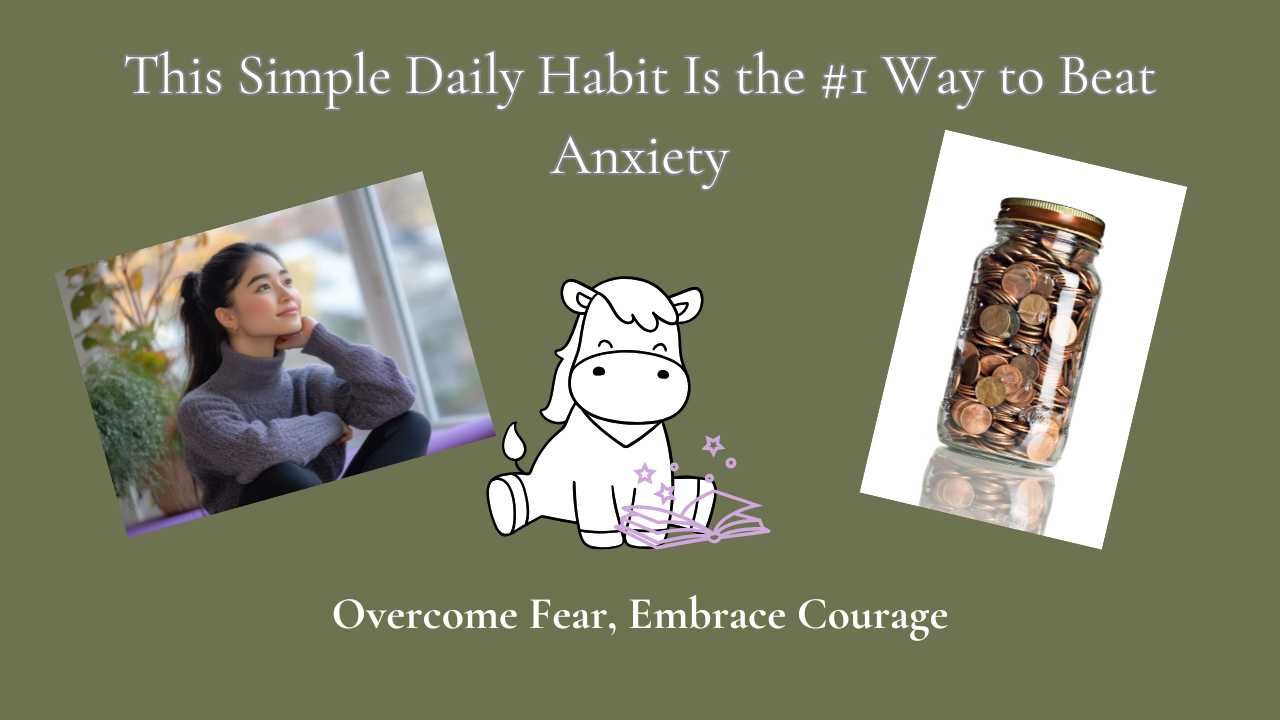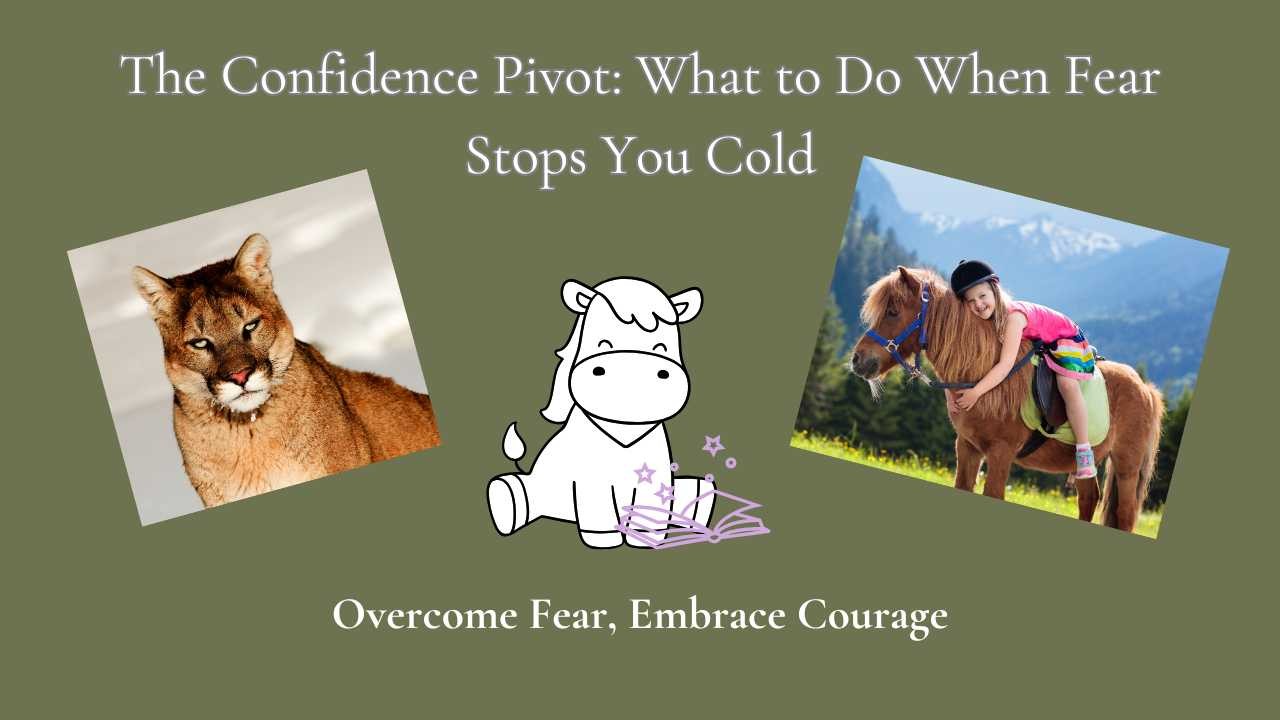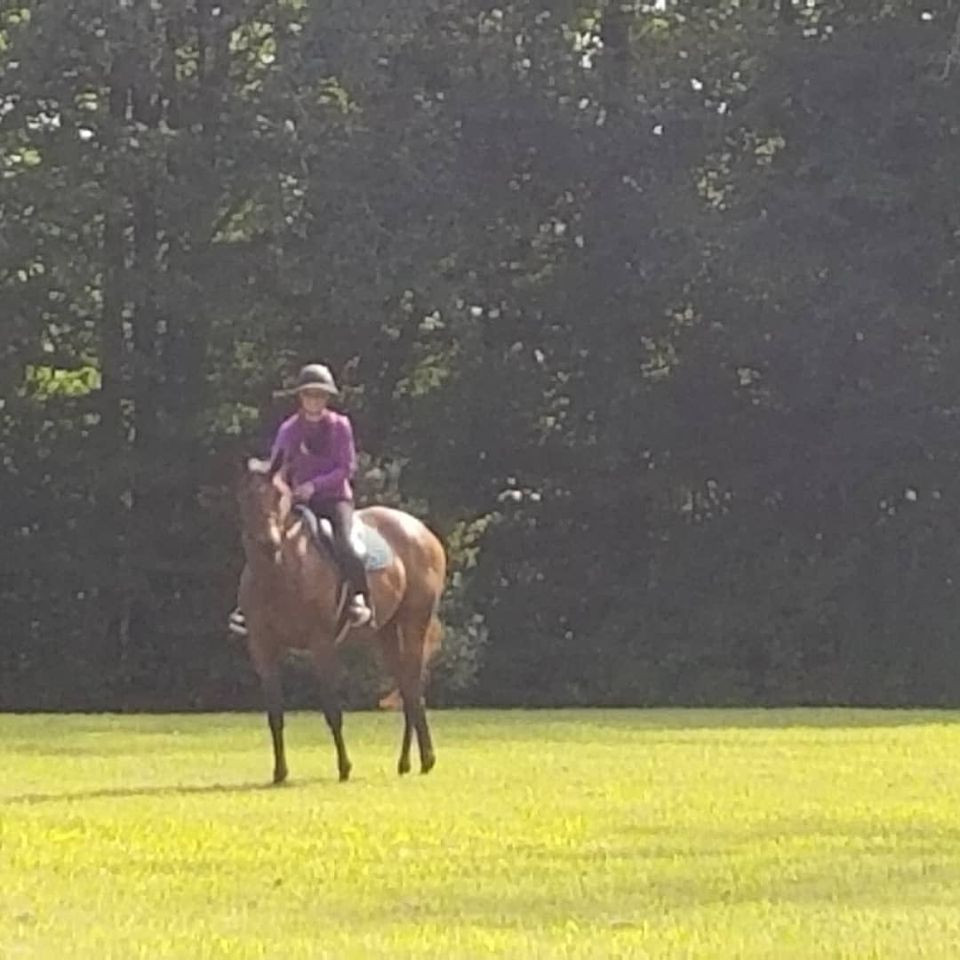
We often think of ourselves as being able to hide our true feelings, our fear and anxiety, but when it comes to our horses, the truth is harder to conceal. Horses are highly intuitive animals. They can read our body language, pick up on subtle changes in our energy, and sense our emotional state in ways we may not even recognize.
Much like we might lie to ourselves—telling ourselves we're fine when we're stressed, or that we're confident when we're feeling anxious—our horses can sense when something is off. They don't hear our words in the way humans do, but they feel our energy. If we're anxious, that anxiety can manifest in our body language, posture, and even how we hold the reins. Horses, in their quiet wisdom, pick up on those cues. Next time you are feeling anxious, try this little experiment and see how your horse reacts: Sit up (or stand up) a little taller. Let that fill you up with a bit more confidence and watch the reaction of your horses.
We often lie to ourselves about our confidence, our abilities, or our readiness for a challenge. But our horses know the truth. They can feel when we’re not truly present with them, when our minds are elsewhere, or when we’re second-guessing ourselves. This is why they sometimes hesitate, act out, or become confused during a ride. It's not that they don't trust us—it's that they’re responding to the energy we’re giving off.
When we’re honest with ourselves and our horses, the connection becomes stronger. Being real with ourselves about where we are emotionally and mentally translates into a clearer, more trusting relationship with our horses. They know when we’re lying, but the beauty of it is, they’re always there, ready to help us find our truth and move forward—together.
Ready to reset your anxiety and help your horse find peace? When you are ready for deeper transformation that can shorten the time to confidence, let’s chat about hypnotherapy to reduce anxiety and bring a sense of calm back to your partnership with your horse. Click here to schedule a free call and see if this would be a good fit for you!
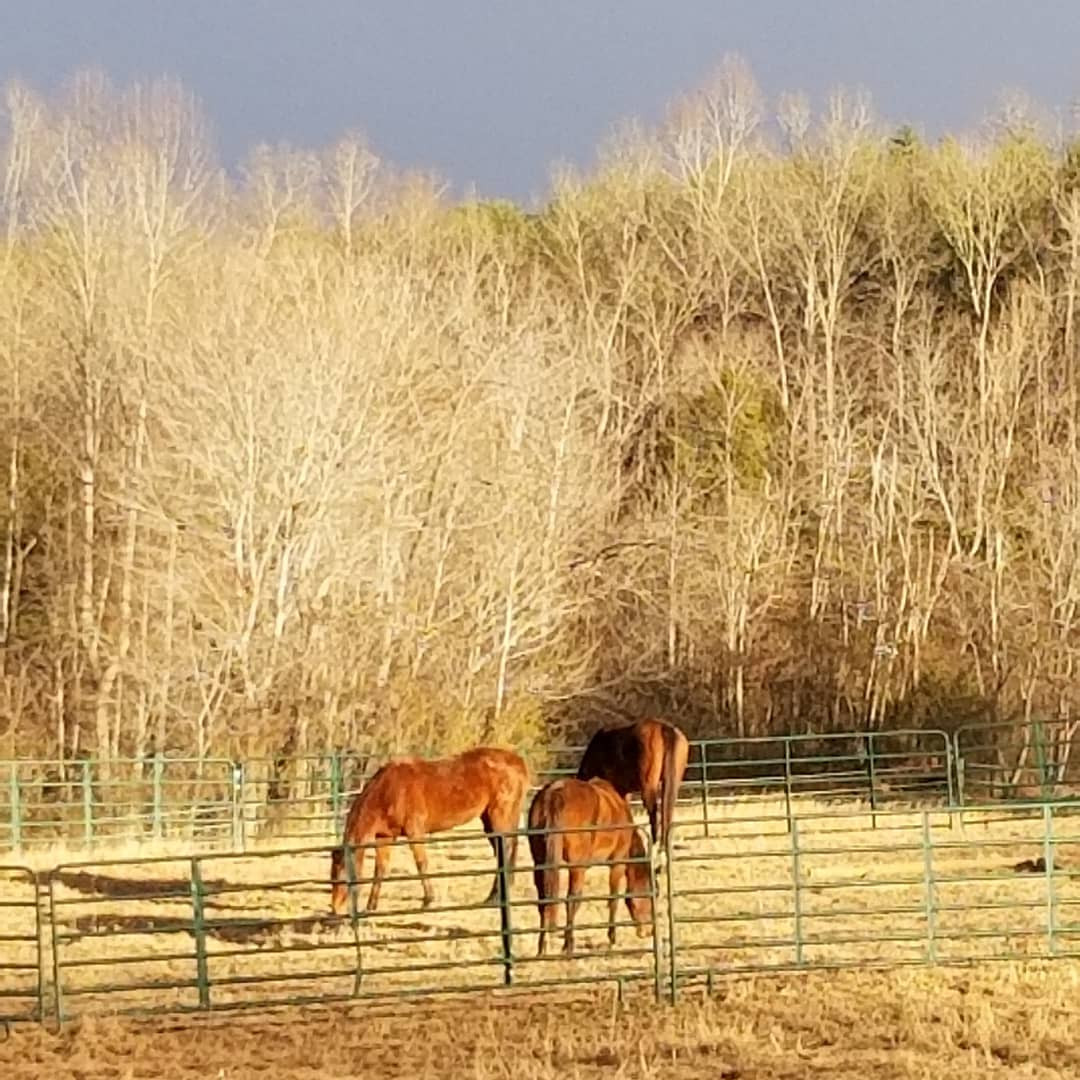
In the world of riding, fear often stems from a lack of trust—whether it's fear of your horse, fear of falling, or simply fear of the unknown. But what if you could use the power of love to transform that fear? What if the secret to overcoming fear in the saddle lies not in “fighting” the fear, but in filling yourself with love and sharing that energy with your horse?
How Can Love Help Transform Fear?
1. Feel Your Feelings of Love
Before you even mount your horse, take a moment to feel the love inside of you. Whether it's love for your horse, gratitude for the time spent together, or love for the connection you share, harnessing these feelings creates a strong, positive energy. This energy will act as a shield, helping to protect you from feelings of fear or anxiety that might arise during your ride.
2. Pick a "Love" Color to Fill Yourself Up
Colors are deeply connected to energy, and different colors evoke different emotions. Choose a color that resonates with love—for many, this might be purple (mine), pink or soft yellow. Imagine that color surrounding you, filling you up with warmth and peace. Allow this love color to infuse every cell in your body, boosting your confidence and emotional strength.
3. What Is Your Horse’s "Love" Color?
Now, tune in to your horse. Just like you, they have their own unique energy field, and they too respond to colors and emotions. What color do you feel your horse would resonate with? Is it a calming blue, or maybe a deep, grounding green? Send them a “Love Ball”—a bubble of energy filled with this color and love. As you send this energy, you’ll notice your horse’s demeanor shift, becoming calmer, more connected with you.
Turning Love into Confidence
When you allow yourself to fill up with love and share it with your horse, you are creating a strong bond of trust and emotional security. This connection allows you to ride with greater ease, confidence, and a sense of peace, because love is the ultimate antidote to fear.
Ready to tap into the power of love to transform your riding experience? If you're struggling with fear and anxiety around horses, consider booking a chat to see if hypnotherapy would be a great fit for you. Hypnotherapy can help you reset your emotional state, releasing fear and replacing it with confidence and calm. Let’s work together to create a healthier, more peaceful riding experience for both you and your horse.
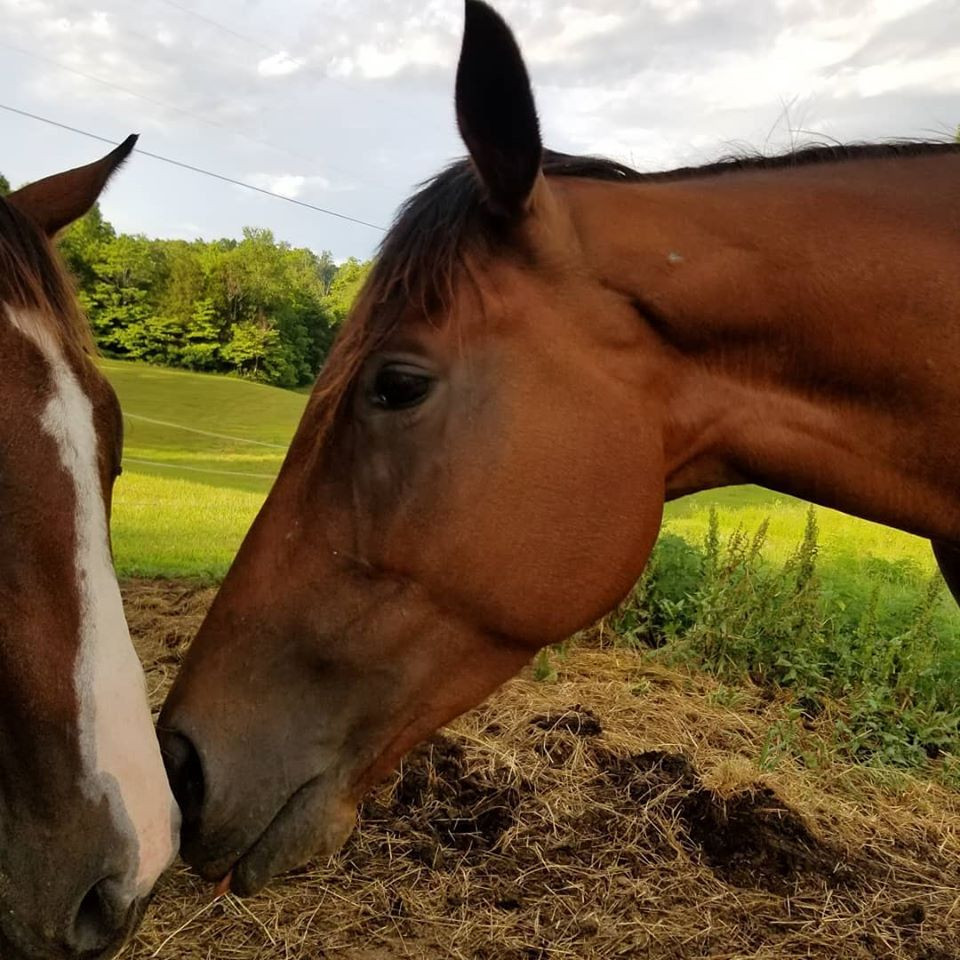
It was early dawn when I was 8, riding my pony into the mountains to watch the sunrise. I was enjoying the ride when I felt a sudden WHOOSH behind me. I caught a glimpse of a mountain lion landing on the back of my pony. My fear was immediate and real. I clung to my pony for dear life as she bolted home like the wind. She had a few deep scratches on her tail, but I was luckier to have a pony who not only sensed my fear but also took care of me all the way home.
We all experience moments of fear around our horses. It’s important to be in tune with how our emotions affect them.
If you’ve ever been nervous around a horse, you’ve probably noticed they seem to know exactly how you’re feeling—sometimes even before you do. It’s almost as if they can sense your anxiety in a way that's hard to explain. The truth is, horses are clairsentient beings, meaning they can pick up on subtle energy shifts and emotions through their intuition.
In my latest podcast episode, "The Gift of a Nudge", (Check it out here) I explore how we can use our own intuition to guide our life and riding. Just as we feel those “nudges,” our horses have an incredible ability to tune into our energy and respond accordingly. They don’t rely on words or traditional body language; they read our energy fields, our emotions, and the vibrations we give off.
When we feel nervous or anxious, our bodies release stress hormones like adrenaline, and our minds become focused on perceived danger. Horses can sense this shift in energy, even before we consciously recognize it. That’s why your horse might react before you even realize why you’re feeling off.
This ability is a gift—they’re offering us a nudge. By tuning into their instincts, they help us become more aware of how our energy affects our surroundings. In return, we can learn to better regulate our emotions, creating a more harmonious, balanced connection with them.
Ready to Calm Your Anxiety and Help Your Horse Find Peace?
I’ve got practical techniques you can start using today to reset your energy and create a more balanced connection. If you're looking for deeper transformation, let’s chat about how hypnotherapy can help reduce anxiety and bring a sense of calm back to your relationship with your horse. Book a session with me here to start your journey toward a more peaceful partnership.
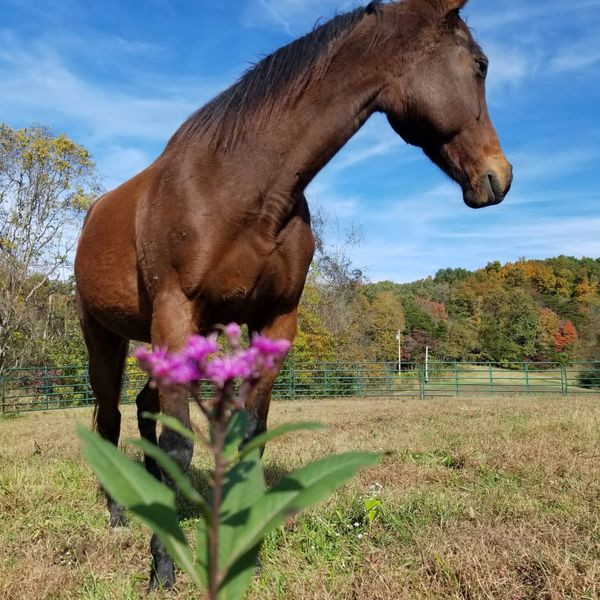
One of my favorite childhood memories is playing tag while swimming on our horses in the hot summer of the San Fernando Valley. The heat was intense, but the thrill of riding into the water until our horses couldn’t touch was pure joy. The rules were simple: whoever let their horse touch the ground would be “out” and have to sit in the sun while the rest of us played on. It wasn’t just the game that made those days so memorable, but how our time with our horses made us feel—free from stress and worries.
Looking back, I realize how much riding helped us release the pressures of daily life. The more we rode, the less the world around us affected our sense of peace. Whether we were competing or enjoying a quiet trail ride, being with our horses was an instant stress reliever. It taught me that sometimes, the best way to reset emotionally is to step away from life’s demands and reconnect with something that brings us joy.
The Science Behind Stress Relief
Research shows that spending time with horses can reduce stress and anxiety. The act of riding encourages the release of endorphins—those "feel-good" hormones that promote relaxation. Additionally, interacting with horses has been found to lower levels of cortisol, the hormone related to stress. Simply being around horses helps us regulate our emotions and stay present.
The Healing Power of Horses: How Their Energy Calms Us
Horses don’t just help us unwind; they actively guide us to calm. One of the most fascinating aspects of spending time with horses is how attuned we become to their rhythms. Horses have a slower heartbeat (40-60 beats per minute) compared to our faster pulse. When we’re near them, our heartbeat naturally syncs with theirs, a process known as "entrainment." This helps lower anxiety and promote calm.
Similarly, a horse’s rhythmic breathing encourages us to adopt a more relaxed, steady breathing pattern, which also reduces stress. Horses are also highly intuitive creatures. They can sense our emotions and energy, responding to our body language and even our thoughts. This creates a profound connection, where simply being in the presence of a calm, grounded horse helps us feel more centered ourselves.
By engaging with our horses, we tap into their natural ability to balance and soothe, making riding not just an activity, but a full-body, soul-soothing experience.
Let Horses Help You Find Your Peace
If you’re looking for extra support to enjoy riding again, my Courage Coaching Program is here for you. Together, we’ll work on strategies to strengthen your mindset, embrace challenges, and turn setbacks into steppingstones. Whether you want to improve your riding performance or build confidence in everyday life, I’m here to help.
Click HERE to learn more and join the program. Let’s tackle this journey through stress together!
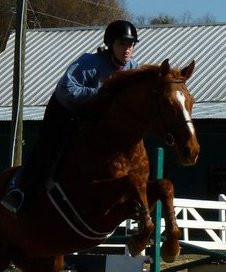
When I was 8, I would get up at 2 or 3 am in the morning while it was still pitch black out. I would put the bareback pad and bridle on my pony and we would head up into the mountains. I would pause and watch the amazing sunrise from a mountain peak and just bask in how good the first sun rays feel. Then I would turn for home and race home to get cleaned up and off to school. I go back to this memory a lot. After my accident, I lost the confidence of this little girl and I had to get it back. Whether you have had an accident, or just anxiety and fear creeping in with age, we don't have to stay there. We can turn back the hands of time and become that fearless kid again.
Here are my first three tips for confidence when back in the saddle:
1. Practice, Practice, Practice. The more we repeat something, the more the anxiety and fear fade. The first time will be the hardest as long as we focus on the success of doing the first time. Just keep doing the little, small steps, over and over until they seem as easy as brushing your teeth. Muscle memory helps with the mind too!
2. Work on the little things. Pick 5 or 6 things to play with for each ride. Circle, figure eight, backing, move shoulders, move haunches, walk/halt/walk transitions, whatever it is for you, pick the easiest things first until they are really good.
3. Practice Balance. When standing on the ground, you are solid. Practice putting weight in your stirrups. Move one slightly ahead of the other. Please with your weight in the stirrups and just see how it feels. What if you have almost no weight in the stirrups. What if you put all your weight in and stand in two point. Play with it and develop the balance the works for you. Think about a child on someone's shoulders. If they lean they and the person carrying them are off balance. You are the child on the horse as far as balance goes. Really take some time and play with your balance and weight in your stirrups. Alicia Dickenson says 80% of the weight in the stirrups at all times. I can say that this is when I feel most balanced too. I feel like I can ride anything that might happen.
Beat Your Anxiety!
If you’re looking for extra support to face your riding anxiety head-on, my Courage Coaching Program is here for you. We’ll work on strategies to strengthen your mindset, embrace challenges, and turn setbacks into steppingstones. Whether you want to improve your riding performance or just build more confidence in everyday life, I’m here to help.
Click HERE to learn more and join the program. Let’s tackle this journey together!
